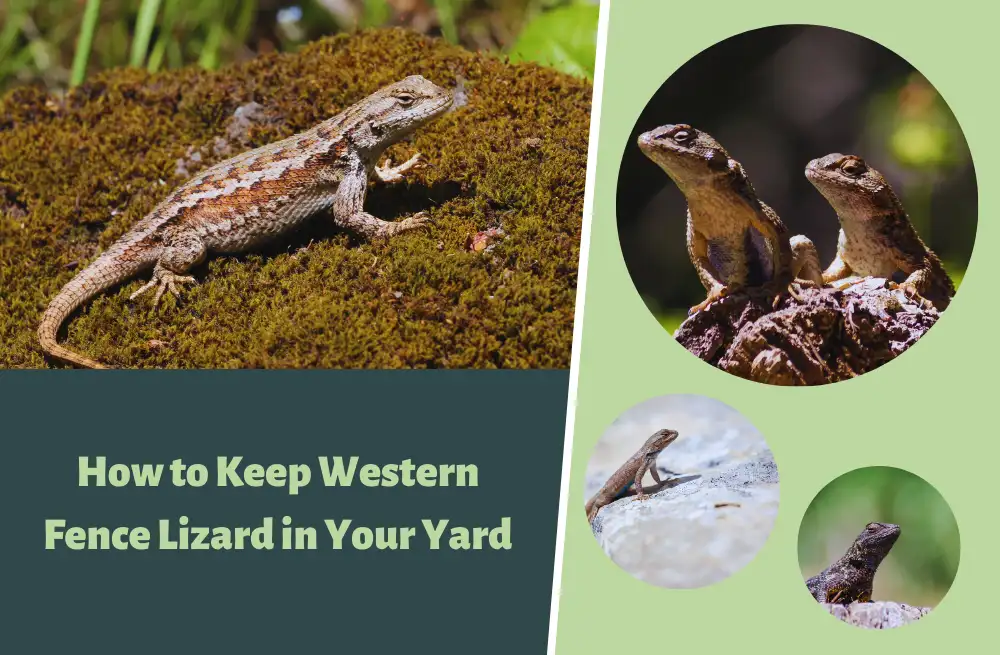How to Feed a Baby Western Fence Lizard?
Caring for a baby Western Fence Lizard (Sceloporus occidentalis) requires proper knowledge and attention to ensure healthy growth and development.
This includes providing a diverse range of food sources such as small insects like fruit flies, pinhead crickets, small spiders, and tiny snails, which can be easily obtained from pet stores or bred at home
In this article, we will provide a comprehensive guide on how to feed a baby Western Fence Lizard, including their dietary needs, feeding schedule, and essential considerations to promote their well-being.
How to Feed a Baby Western Fence Lizard: A Comprehensive Guide
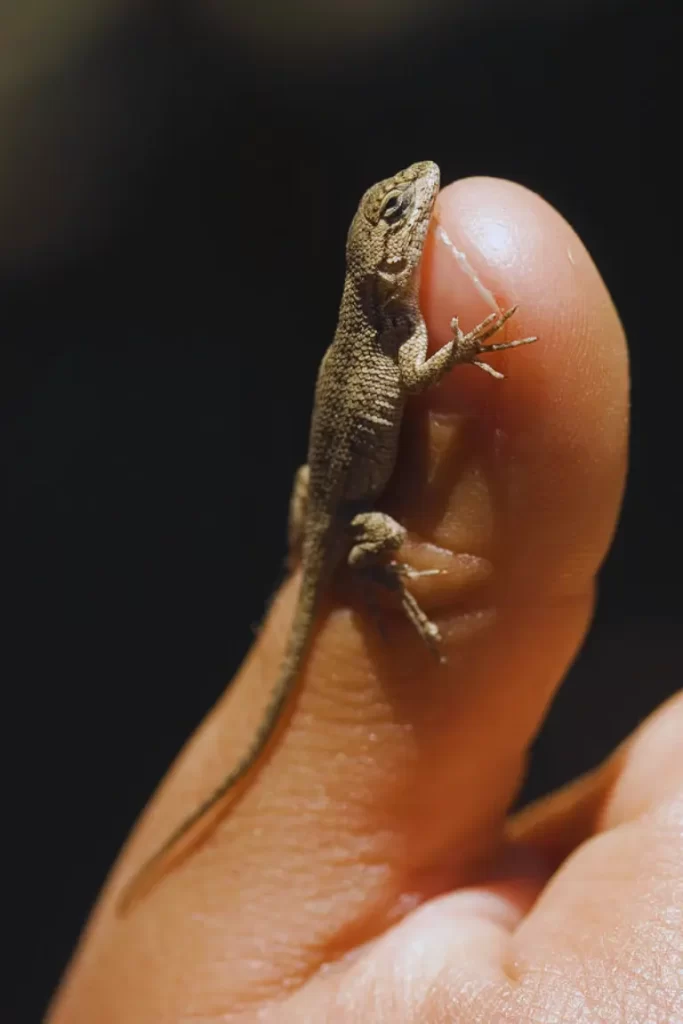
Understanding the Diet of Baby Western Fence Lizards
Baby Western Fence Lizards have specific dietary requirements that differ from adult lizards. They are insectivores and primarily feed on small invertebrates such as insects, spiders, and tiny snails. A varied and appropriate diet must be offered to ensure they receive essential nutrients.
Selecting Food Sources for the Baby Western Fence Lizard
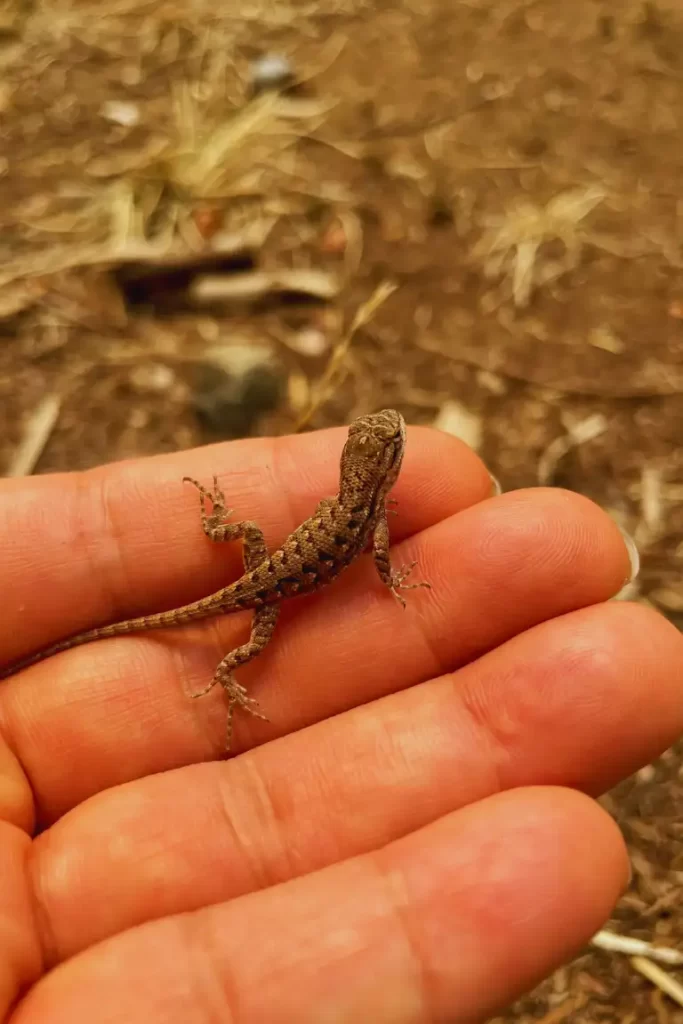
To meet the nutritional needs of baby Western Fence Lizards, it is crucial to provide a diverse range of food sources. This ensures they receive a well-rounded diet and nutrients for healthy growth and development. Consider the following guidelines when selecting food sources for your baby lizard:
- Small Insects: Baby Western Fence Lizards are insectivores whose diet primarily consists of small insects. Opt for appropriate options such as fruit flies, pinhead crickets, small spiders, and tiny snails. These insects are protein-rich, essential for the lizard’s muscle development and overall energy.
- Availability: These food sources can be easily obtained from pet stores specializing in reptile supplies. They often stock a variety of live or freeze-dried insects suitable for baby lizards. Additionally, you can consider breeding these insects at home using starter cultures or kits specifically designed for this purpose. Producing your insects provides a convenient and cost-effective food supply for your baby lizard.
- Variety: It is essential to offer a variety of insects to mimic the natural feeding habits of baby Western Fence Lizards. This helps ensure they receive a balanced diet with a range of nutrients. Mixing up the types of insects you provide, such as alternating between fruit flies, pinhead crickets, and tiny spiders, can help prevent nutritional deficiencies and promote overall health.
Preparing Food
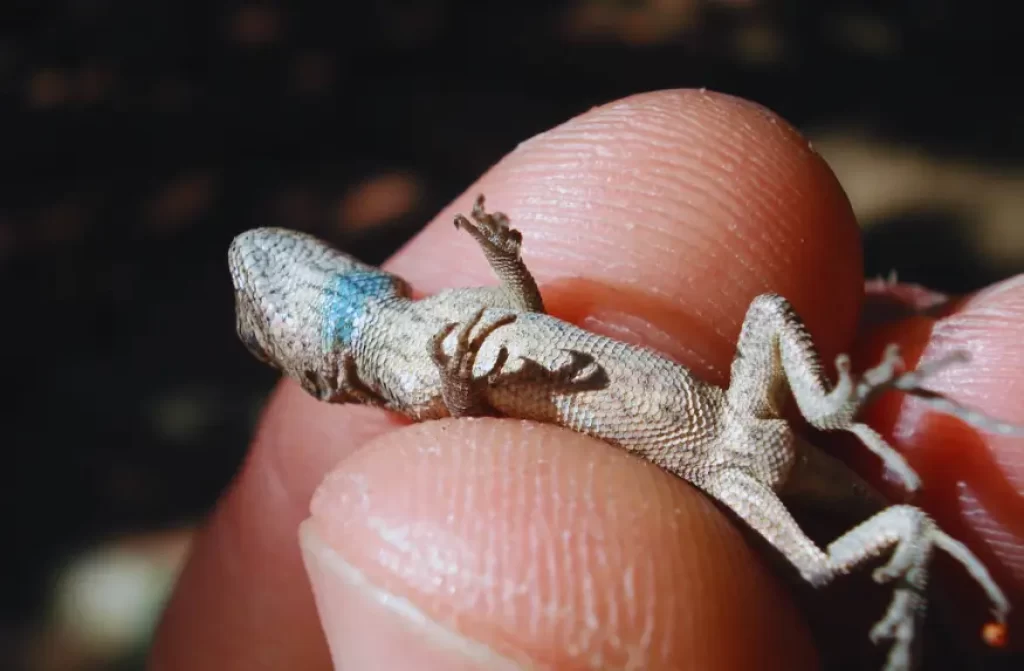
Properly preparing the food for baby Western Fence Lizards is crucial to meet their dietary needs. Follow these steps to prepare their meals:
- Size Matters: Before offering food to the baby lizard, ensure it is appropriately sized for its tiny mouth. For example, fruit flies or small crickets should be no larger than the width of the lizard’s head. This ensures they can consume the food quickly and prevents choking hazards.
- Enhancing Nutritional Value: Gut-loading insects is a beneficial practice. Feed them nutrient-rich foods like leafy greens, vegetables, or specially formulated insect diets. This process transfers essential vitamins and minerals to the insects, making them more nutritious for the lizard. Additionally, you can dust the insects with calcium and vitamin supplements to boost their nutritional value before feeding.
By carefully preparing the food for your baby Western Fence Lizard, you provide them with appropriately sized meals and enhance their nutritional intake, promoting their overall health and well-being.
Feeding Schedule
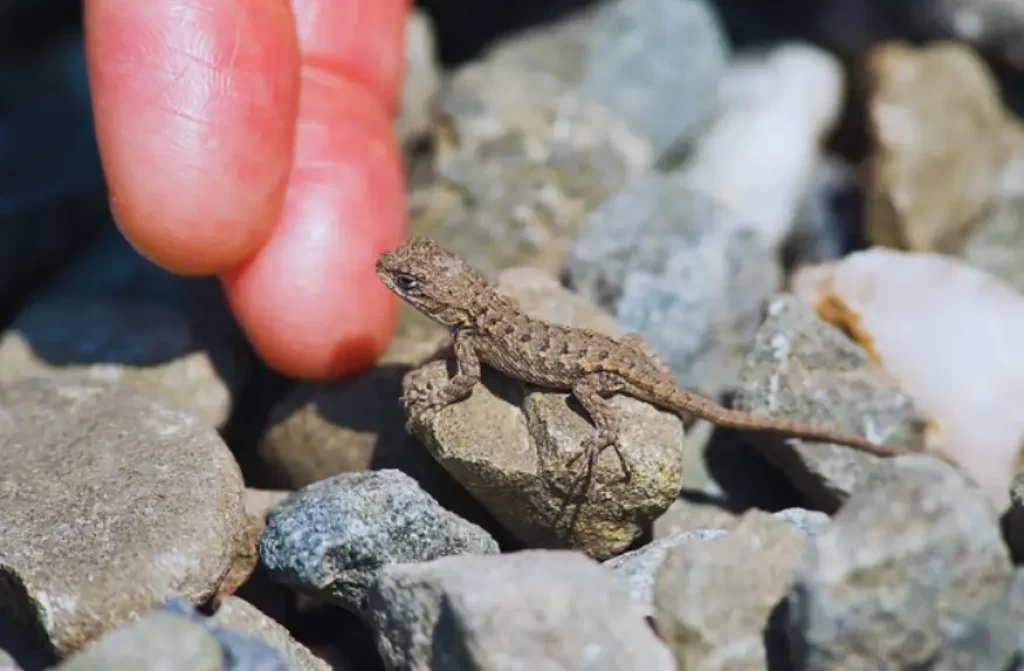
Establishing a proper feeding schedule is essential to meet the dietary needs of baby Western Fence Lizards. Their rapid growth requires regular and frequent feedings. Here’s a guideline to help you establish a feeding routine:
Daily Feedings
Offer food to your baby Western Fence Lizard on a daily basis. This ensures they receive the necessary nutrients and energy to support their development. Young lizards have high metabolic rates, and regular feedings are crucial to meet nutritional requirements.
Portion Control
Provide a small portion of food that the lizard can consume within 10-15 minutes. This helps prevent overfeeding and ensures the lizard eats appropriately to meet its needs. Avoid leaving uneaten food in the enclosure, as it can attract pests or spoil.
Adjusting Feeding Frequency
As the baby lizard grows older, its appetite will increase, and you may need to adjust the feeding frequency. Monitor the lizard’s behavior and body condition closely. You can continue with daily feedings if it readily consumes the offered food and maintains a healthy weight. However, if the lizard shows signs of being full or becomes overweight, you can gradually reduce the frequency to every other day or a few times a week.
Observe and Adapt
Every lizard is unique, so observing their eating habits and adjusting their feeding schedule is essential. Please pay attention to their appetite, growth rate, and overall health. Consult a reptile veterinarian for guidance if you notice any unusual changes or concerns.
Consistency and balance are essential when establishing a feeding schedule for baby Western Fence Lizards. Providing them with regular meals that are appropriately sized and nutritionally rich will contribute to their healthy growth and development.
Monitoring and Adjusting Diet
Observe the baby lizard’s feeding behavior and monitor their growth closely. It is essential to ensure that they are consuming an adequate amount of food and growing at a healthy rate. If the lizard appears to have a poor appetite or is not gaining weight, it may be necessary to consult a reptile veterinarian for guidance.
As the lizard grows, introduce appropriate-sized prey to match their increasing size and feeding capabilities. Gradually transition from smaller insects to larger ones, such as small crickets or mealworms, as the lizard becomes more capable of capturing and consuming them. This will give the lizard the necessary nutrition to grow and develop.
Monitoring and Adjusting Diet
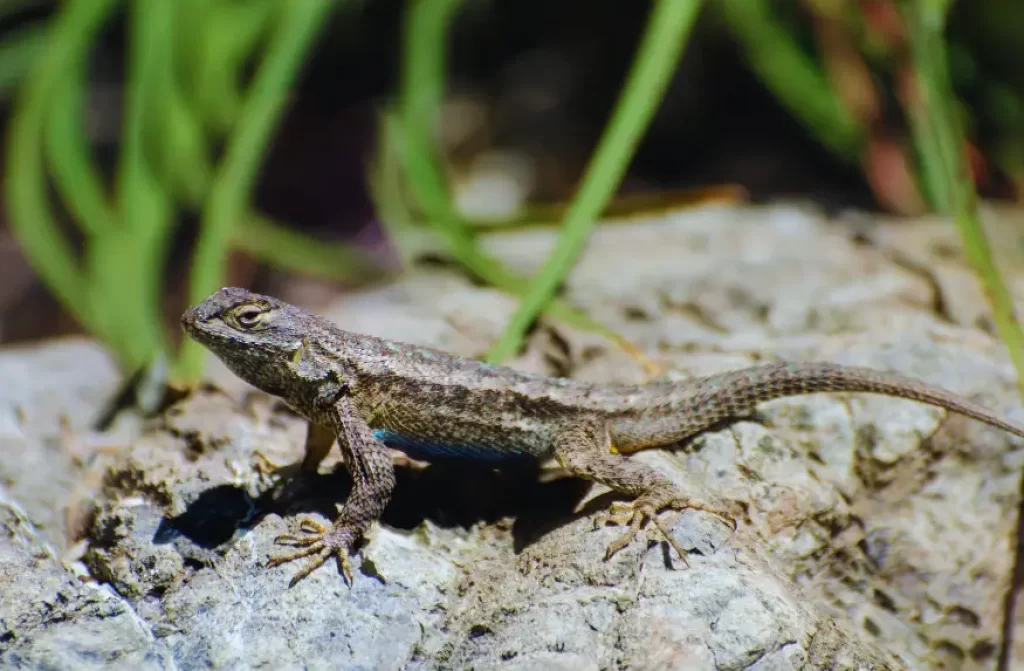
Observe the baby lizard’s feeding behavior and monitor their growth closely. It is essential to ensure that they are consuming an adequate amount of food and growing at a healthy rate. If the lizard appears to have a poor appetite or is not gaining weight, it may be necessary to consult a reptile veterinarian for guidance.
As the lizard grows, introduce appropriate-sized prey to match their increasing size and feeding capabilities. Gradually transition from smaller insects to larger ones, such as small crickets or mealworms, as the lizard becomes more capable of capturing and consuming them. This will give the lizard the necessary nutrition to grow and develop.
Ensuring Proper Hydration
While baby Western Fence Lizards obtain most of their hydration from the insects they consume, providing access to fresh water is still essential. Offer a shallow water dish in their enclosure, ensuring it is cleaned and changed regularly. The water dish should be small enough for the lizard to access quickly without the risk of drowning.
It is worth noting that baby Western Fence Lizards may not readily recognize standing water as a water source. To encourage drinking, gently mist the enclosure with water using a spray bottle, creating tiny droplets that simulate rain. This can attract the lizard’s attention and stimulate its drinking behavior.
Conclusion
Feeding a baby Western Fence Lizard requires a varied and nutritionally balanced diet of small insects, spiders, and snails. Regular feeding, monitoring, and adjusting the diet as the lizard grows are crucial to optimal health and development.
Remember to provide fresh water and consult a reptile veterinarian for any concerns or specific dietary recommendations. Your baby Western Fence Lizard will thrive and grow into a healthy adult lizard with proper care and attention.


